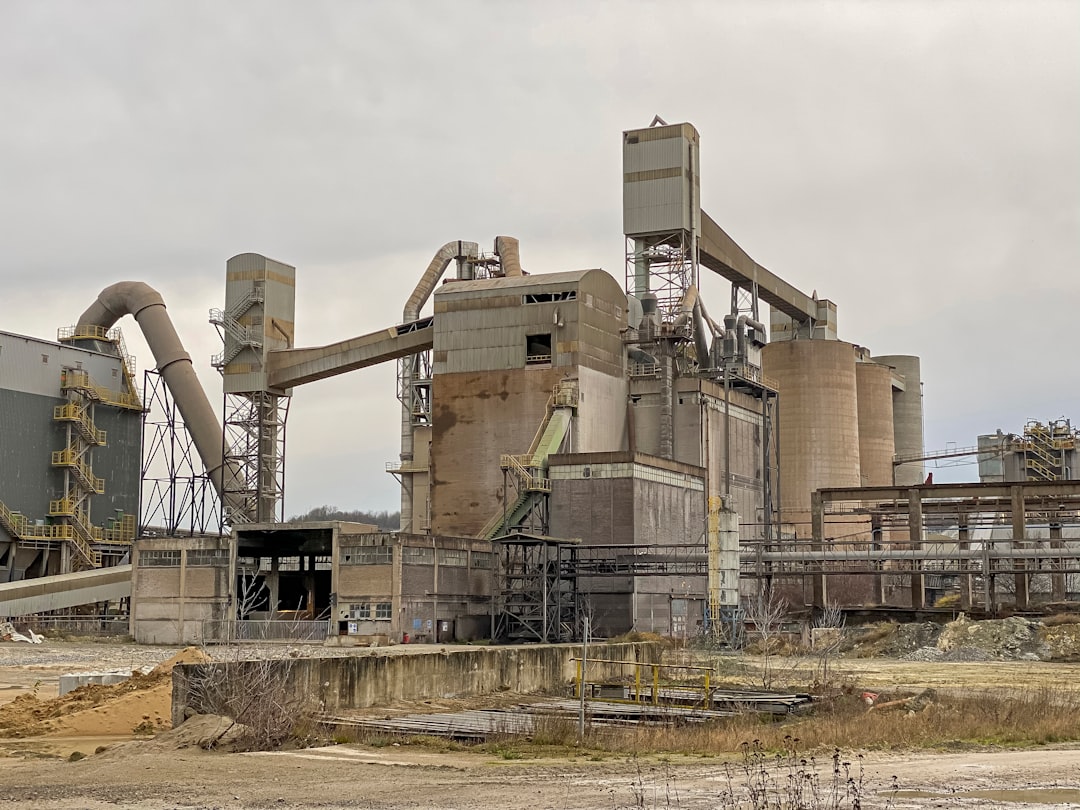What is it about?
Simulation-optimization routines are often used to develop optimal strategies for the mitigation or control of seawater intrusion in coastal aquifers. While variable-density and salt transport models are necessary for a realistic representation of coastal aquifer processes they are computationally demanding. To overcome this problem fast approximation models are built based on input-output data sets from simulations. This paper examines if these fast models (the surrogates) can produce good solutions when the available size of the training data is small.
Featured Image
Why is it important?
Our computational experiments show that surrogate-based optimization for coastal aquifer management is likely to produce better optimal solutions than the direct simulation with the physics-based model when the latter is too expensive to run that we can only use a few hundreds of simulations. This was also the case for high-dimensionality problems where the construction of surrogate models is less accurate given a small training dataset. To that end, online training methods seem to work best.
Read the Original
This page is a summary of: Surrogate-based pumping optimization of coastal aquifers under limited computational budgets, Journal of Hydroinformatics, October 2017, IWA Publishing,
DOI: 10.2166/hydro.2017.063.
You can read the full text:
Contributors
The following have contributed to this page










